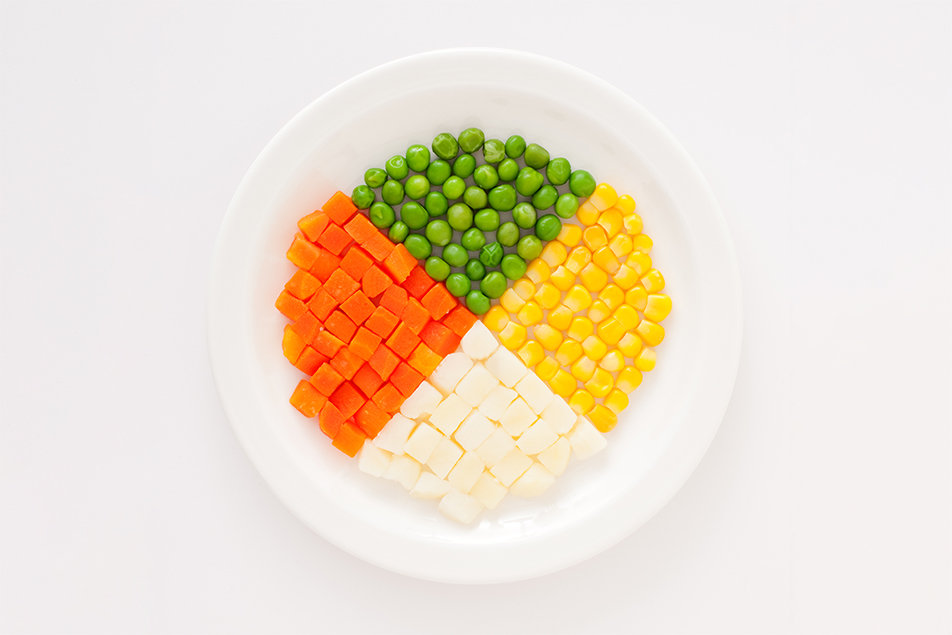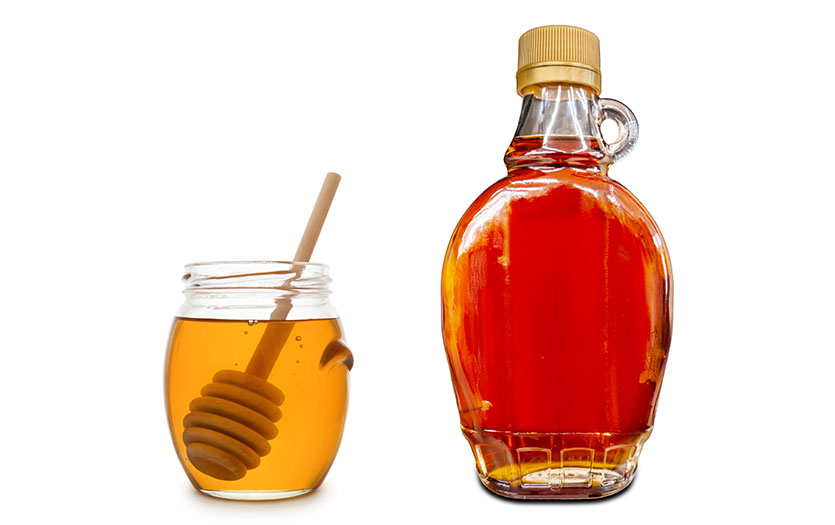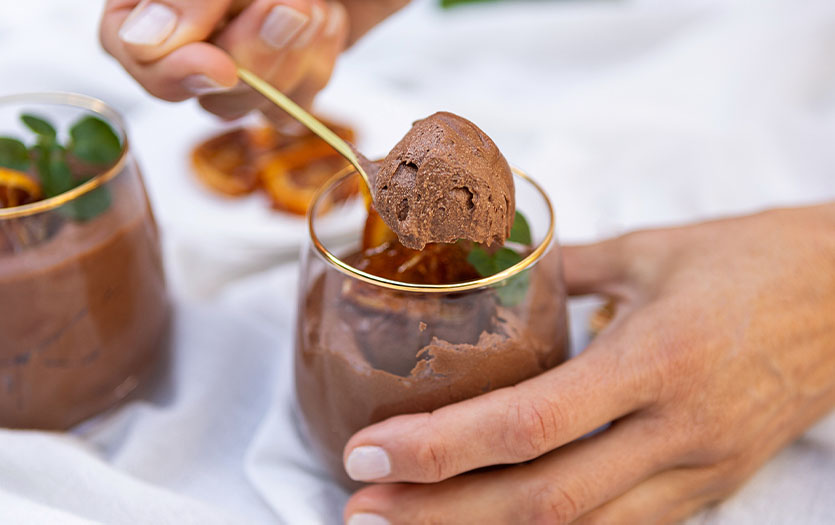
This post was written by Lauren Neuenschwander, RDN, LD, Clinical Dietitian, Parkview Health.
Over the past few years, foods such as potatoes, corn and peas have become the villains of the vegetable group. Indeed, we can split vegetables into two categories: starchy and non-starchy. But this grouping simply relates to the food’s carbohydrate content.
Understanding carbohydrates
Carbohydrates are nutrients that give our bodies energy to function. However, carbohydrate content alone does not determine whether a food is healthy or unhealthy. Believe it or not, vegetables like potatoes, corn and peas contain many beneficial nutrients, but they are also higher in carbohydrates.
For instance, a medium-sized potato has 30% of your daily vitamin C, more potassium than a medium banana, 3 grams of protein, and is a good source of fiber. Potatoes also contain phytonutrients and antioxidants thought to help prevent cell damage while providing a host of additional health benefits.
Corn is another starchy vegetable that has a lot of nutritional value. You may not realize it, but half a cup of cooked corn provides nearly 3 grams of protein plus micronutrients such as potassium, vitamin B, vitamin C, manganese, zinc and copper. Corn also contains lutein and zeaxanthin, which are phytonutrients that help protect your eyes.
Similarly, peas have several nutritional benefits, including 4 grams of protein per half-cup serving. They also contain magnesium, potassium, iron, and vitamins C, K and B. And just like their starchy counterparts, peas also contain those beneficial phytonutrients and antioxidants.
Unhealthy additions
As I said before, starchy vegetables don’t just contain carbohydrates. They are full of nutrients that our bodies need. What makes them unhealthy are the added ingredients and cooking process. For example, frying potatoes to make chips or French fries reduces the potato’s nutritional value and adds unwanted fat. Also, by using large amounts of butter on your potatoes, corn or peas, you’re adding unnecessary calories to an otherwise healthy side dish.
So, to help you avoid these side dish slips, I’ve compiled some healthy tips. If you want to make your starchy vegetables taste delicious while maintaining their nutritional value, try a few of the following suggestions:
- Bake or steam instead of frying in oil
- Try switching to spray butter instead of regular butter
- Use an air fryer for a similar texture without all the fat
- Substitute plain Greek yogurt for sour cream
Final thoughts
Summer is just around the corner. Don’t be afraid to experiment with some of your favorite starchy vegetables like corn on the cob or fresh peas. These foods, like most plants, are full of good-for-you nutrients and can make a great addition to any meal.



